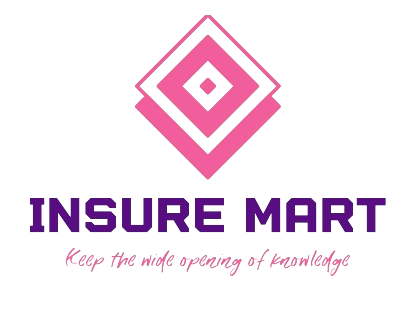In today’s fast-paced and financially demanding world, the journey from one payday to the next often comes with unexpected twists and turns. Many individuals find themselves caught in a cycle of financial strain, desperately seeking ways to bridge the gap between their income and their expenses. Enter the payday loan, a financial tool that has gained both popularity and notoriety. At its core, a payday loan is a short-term, high-interest loan designed to tide people over until their next paycheck. It is a quick fix, appealing to those facing urgent bills, unforeseen emergencies, or other pressing financial needs. However, the convenience of payday loans comes at a steep cost, both financially and emotionally. These loans are notorious for their exorbitant interest rates, often reaching triple-digit annual percentage rates APRs. What starts as a modest loan to cover a small shortfall can quickly spiral into a daunting debt trap.
Borrowers who cannot repay the loan in full by their next payday often face the decision to renew the loan, incurring additional fees and interest, or to roll it into a new loan—a practice that perpetuates a cycle of borrowing and indebtedness. One of the concerning aspects of payday loans is their accessibility. These loans typically require minimal documentation and credit checks, making them enticing to individuals with poor credit history or those who lack access to traditional forms of credit. The ease of obtaining a payday loan, however, can lead to impulsive decisions without fully considering the long-term consequences. Borrowers may find themselves caught in a cycle of borrowing just to make ends meet, a cycle that can erode financial stability and well-being. Efforts to regulate the payday loan industry have been underway in many jurisdictions. Some governments have implemented interest rate caps, cooling-off periods between loans, and mandatory affordability assessments to ensure borrowers are not given loans they cannot realistically repay choosing the right payday loan. In response to the pitfalls of payday loans, financial education and empowerment have emerged as crucial tools.
By enhancing financial literacy, individuals can gain a better understanding of budgeting, saving, and managing credit. Community-based initiatives, nonprofit organizations, and online resources offer guidance on making informed financial decisions, helping people avoid the need for payday loans altogether. In conclusion, the journey from one payday to the next can be a precarious one, and payday loans have emerged as a double-edged sword for those facing financial strain. While they provide immediate relief, their high costs and potential for trapping borrowers in a cycle of debt warrant careful consideration. Exploring alternatives, such as building emergency savings, seeking assistance from community organizations, or negotiating with creditors, can provide more sustainable paths to financial stability. Ultimately, breaking down borrowing means evaluating one’s financial situation holistically, embracing education, and making informed decisions that pave the way towards a more secure future.
